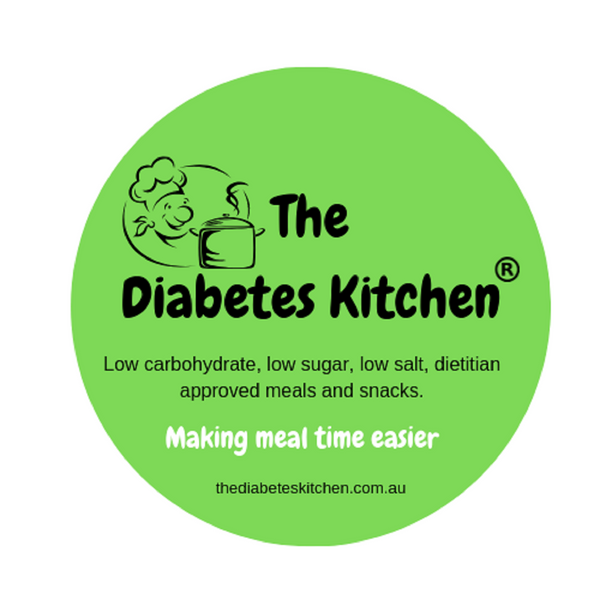We have started to sell some Atkins products in our store. We like them because they are low sugar and low carb so good for people managing diabetes.
Here is how the Atkins Diet works.
Due to its distinctive approach to carbohydrate consumption management and its efficacy in promoting weight loss, the Atkins Diet has become a well-known low-carbohydrate eating plan. It influences overall health and weight loss by modifying the manner in which the body processes carbohydrates and promotes the consumption of nutrient-dense, low-carb foods. The following describes the Atkins Diet and its contribution to weight loss:
1. Restrictions on Carbohydrate Intake:
The fundamental tenet of the Atkins Diet is to induce ketosis by drastically reducing carbohydrate consumption, particularly during the initial phase. The state in which the body begins to utilize stored fat for energy in response to a reduction in carbohydrate intake is known as "ketosis." During ketosis, the body converts fat decomposition into molecules called ketones, which serve as the principal energy source.
2. Four Phases Comprising the Atkins Diet Plan:
The induction phase consists of a daily carbohydrate restriction of 20 to 25 grams. It promotes expedited weight loss through induction of ketosis in the body. You consume primarily low-carb vegetables, lean proteins, and healthful fats during this phase.
Phase of Balance: During this phase, you add carbohydrates back into your diet progressively while maintaining ketosis. This phase permits the consumption of a greater diversity of foods and promotes sustained, consistent weight loss.
Pre-Maintenance Phase: Through continued carbohydrate consumption, you achieve the optimal balance for your weight loss objectives. This stage identifies your personal carbohydrate tolerance in preparation for long-term weight maintenance.
Maintenance Phase: Following the attainment of the desired body weight, it is permissible to increase carbohydrate consumption without compromising weight health. The emphasis is redirected towards maintaining a sustainable, well-balanced diet over an extended period of time.
3. Contribution to Weight Loss:
Appetite Suppression: It is well-known that the Atkins Diet suppresses appetite and decreases cravings. You may experience greater satiety by consuming protein-rich foods and healthful fats, which may result in a decrease in your total caloric intake.
Diminished Water Retention: A reduction in carbohydrate consumption can result in diminished water weight as glycogen stores within the body are depleted. This initial decrease in weight can serve as a source of encouragement and motivation to maintain the diet.
Enhanced Fat Metabolism: During the state of ketosis, the body effectively converts stored fat into usable energy. This causes more substantial fat loss, particularly during the initial phases of the diet.
Stabilized Blood Sugar: By restricting carbohydrate consumption and averting blood glucose surges, the Atkins Diet potentially assists individuals with insulin resistance or diabetes in maintaining stable blood sugar levels.
4. Health Advantages:
Enhanced Lipid Profiles: Several research studies indicate that adherence to the Atkins Diet may result in improved lipid profiles, including increased levels of HDL (good) cholesterol and decreased levels of triglycerides.
Enhanced Insulin Sensitivity: Potential benefits of the diet for individuals with insulin resistance or type 2 diabetes may result from a reduction in carbohydrate consumption, which may improve insulin sensitivity.
5. Possible Obstacles:
A subset of individuals may encounter transient adverse effects, commonly known as the "keto flu," in the beginning stages of the diet. These manifestations consist of fatigue, migraines, and irritability, all of which generally diminish as the body acclimates to the ketogenic state.
Social and lifestyle obstacles may arise: Adhering to the diet while dining out may necessitate meticulous meal planning and hinder compliance in social settings.
6. Safety Factors to Consider:
It is imperative to seek guidance from a healthcare professional prior to commencing the Atkins Diet, especially individuals with pre-existing medical conditions. They can assist you in determining whether or not the diet meets your specific requirements.
In summary, the Atkins Diet exerts a substantial influence on weight loss through the restriction of carbohydrate consumption, stimulation of ketosis, and encouragement of the ingestion of foods rich in nutrients. Although this diet has demonstrated potential in aiding weight loss and providing potential health advantages, it is critical to exercise prudence when adopting it. It is advisable to seek guidance from a healthcare professional and customize it according to one's unique objectives and requirements. Furthermore, it is crucial to conduct a comprehensive assessment of the long-term viability and health ramifications of the diet for every individual.

